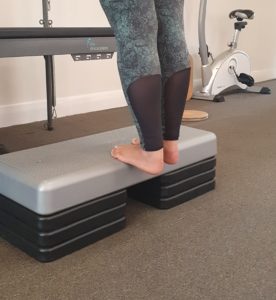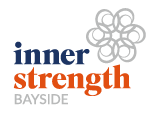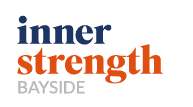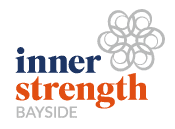Tendon pain/Tendinopathy: What works and what does not
Tendons are resilient rope-like structures that connect muscle to bone. It is made up of thousands of fibres interwoven together to create a strong structure.
Tendons are strong and adaptable, They can withstand and adapt to high load if given enough time to adapt. When the stress on a tendon increases too quickly, exceeding what it can handle, it gets irritated and becomes sensitive. Any change in load to the tendon (e.g change in daily routine/exercises in terms of increase in intensity/frequency or a change in exercise type) can irritate the tendon in both active and inactive people. This irritation is often referred to as tendinopathy.
Common areas of tendon wear and tear include the rotator cuff of the shoulder, elbow (tennis and golfers’ elbow), the Achilles, patella tendon (jumper’s knee), upper hamstrings & buttock (gluteal) and less commonly the peroneal tendon near the ankle, hip flexors and adductors (groin).
Morning pain can often be a feature of tendon pain and it is important to listen to this pain, as if there is an increase in morning pain, it can often mean that you have done too much the previous day and you need to reduce that activity.
Tendon pain rehabilitation;
What works: According to research, exercises and education is the first line treatment for the tendon pain. Tendon rehab should be tailored to each person according to their individual needs. So if you are suffering from tendon pain, visit your Physiotherapist for advice and a rehab program.
A small amount of pain is ok during your rehabilitation. As a guide, keep the pain below 3/10 and definitely don’t go above 5/10 (if zero is no pain and 10 is the worst pain possible). Any pain should settle down quickly.
Tendons get irritated quickly and settles down slowly. so give it some time. We encourage progressive rehab for tendon pain following as a guide these 5 steps.
Step 1: Reduce pain and make the tendon less irritable by:
– reducing frequency and intensity of the activity that is loading the tendon
– reducing speed
– reducing the magnitude of the load
– avoid stretching the tendon and also avoid loading it when it is on stretch
Step 2: Progress towards restoring function (especially any activities that are being avoided due to pain) once the tendon settles down.
Step 3: Gradually add more load to exercises to increase strength and build tendon adaptation.
Step 4: Expose the tendon to more challenging ranges such as more ankle bend for Achilles tendon pain.
Step 5: At last increase the speed when the irritability is very low.
You may have heard about other forms of treatment for tendon pain, however there is a low level of evidence for the effectiveness of shock wave therapy and injections for tendon pain. PRP (platelet rich plasma) is no more effective than placebo in tendon pain.
Most importantly do not take shortcuts with rehabilitation. You may get lots of ups and downs.
Remember, consistency is the key.
If you think you have tendinopathy, please contact us on 8555 4099 or Book Online to see one of our Physiotherapists.
Written By Hiral Buch, Physiotherapist.


